



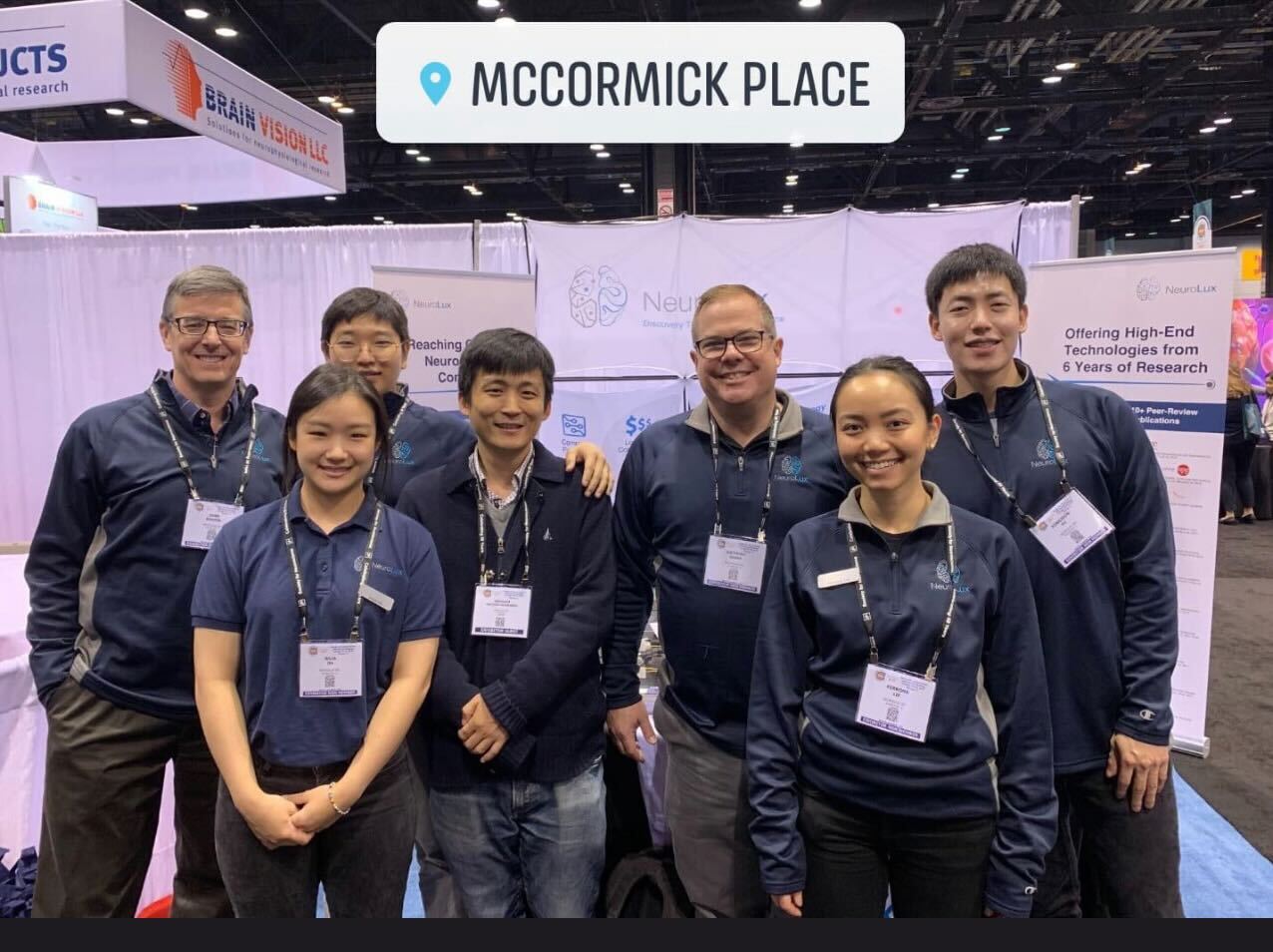
- 00Days
- 00Hours
- 00Minutes
- 00Seconds
- 00Days
- 00Hours
- 00Minutes
- 00Seconds
Countdown to SFN, San Diego 2022!
Learn about our new and exciting technology coming out soon.Find us at Booth #616!
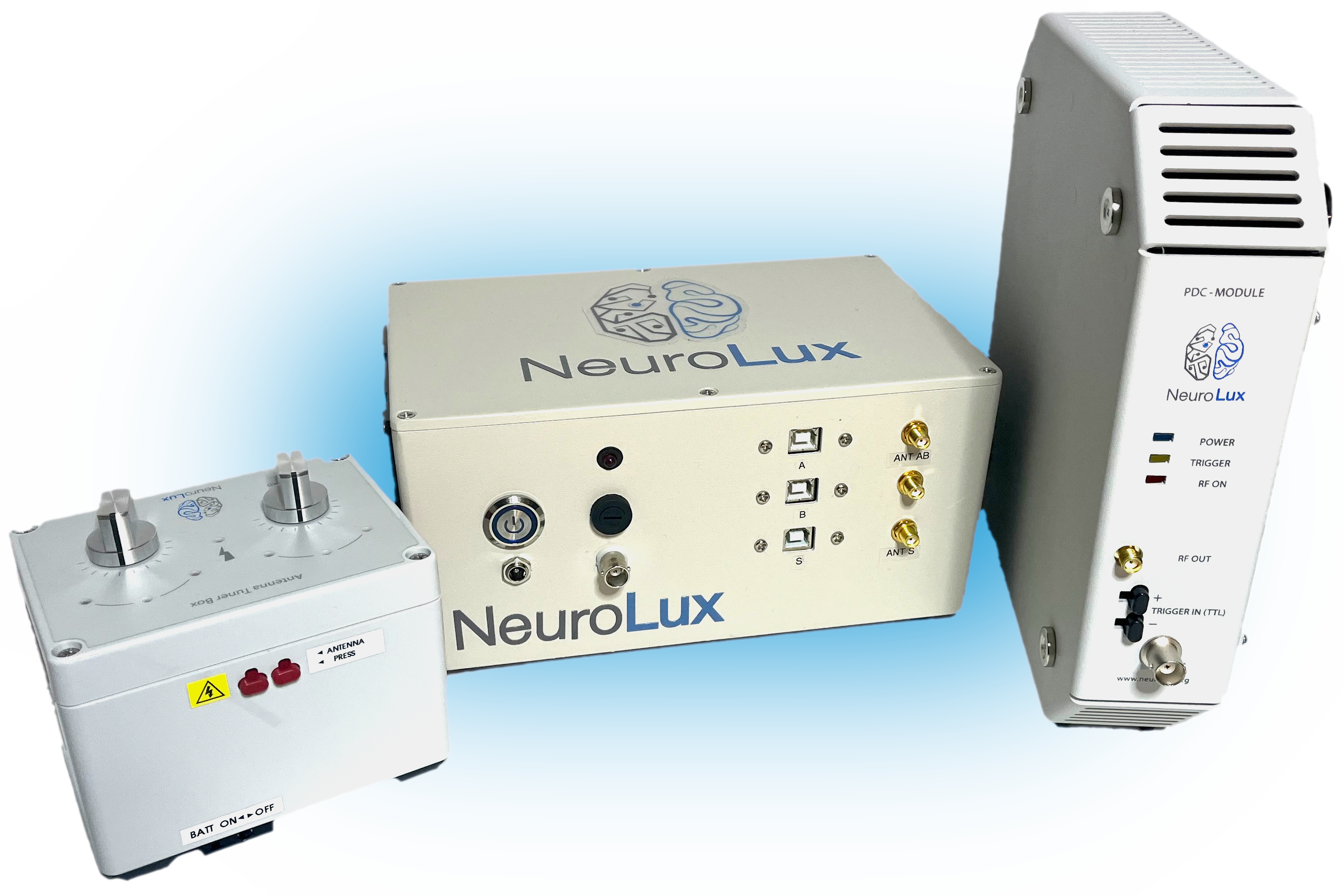
The Complete NeuroLux System
A complete NeuroLux package will arrive with everything a researcher needs for wireless optogenetic experiments!
The PDC Box is responsible for delivering wireless power to the implants. Our wireless operation scheme provides robust coverage in multiple representative cages and boxes commonly used for behavioral studies. Closed-lid home cages with food and water containers are fully compatible, largely independent of materials and structures, suitable for studies of individual or groups of mice or rats.
To maximize power transfer to implantable devices, the impedance of the source and the antenna must be matched. Our Autotuner allows you to quickly tune your antenna for any cage settings.
Researchers can control optogenetic stimulation parameters using NeuroLux’s user-friendly software. The simple interface allows researchers to adjust frequency, pulse duration, and burst mode settings, and is also compatible with standard TTL triggering systems.
Our modular system is an add-on to our core NeuroLux optogenetic system. Each module has full control over its own enclosure, allowing up to 7 additional experiments to be run in parallel! Custom software provides programmable pulsing schemes, TTL mode, and burst mode to each module.
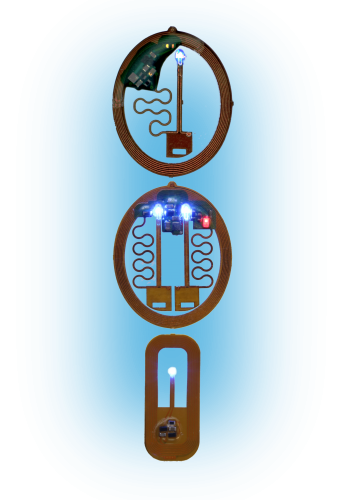
Implantable Optogenetic Devices
Our implantable devices integrate a flexible magnetic loop antenna for wireless power delivery. The entire device is smaller than a U.S. dime and configured for implantation in the brain or spinal cord.
Unilateral
The brain implantable device mounts sub-dermally on top of the animal’s skull for chronic stability in operation and without any quantifiable effects on animal movement or general social behavior, in contrast to traditional tethered optogenetic technology.
Bilateral
The newly-released bilateral device mounts sub-dermally on top of the animal’s skull, incorporating two probes with a µLED on each end to deliver simultaneous bilateral stimulation into two distinctive target brain regions.
Spinal
The spinal device’s flexibility, lightweight construction, and open oblong design allow for easy manipulation and robust operation. The device contains a single probe with a µLED located on the probe tip for optogenetic manipulation of spinal circuits.
Why NeuroLux
A Team of Experts
Experienced and devoted experts in the fields of Neuroscience, Technology, and Engineering
A Complete System
Our user-friendly system is fully-implantable, lightweight, and customizable
A History of Success
Laboratories throughout the world are successful using our technology
As leaders in the field of neuroscience technology, we provide cutting-edge, customizable tools to meet the needs of any optogenetic experiment.
Founded in 2015, our goal was to develop technological solutions to the severe limitations and practical difficulties associated with standard fiber optic approaches used in optogenetic studies. Following rigorous development and research, we launched NeuroLux as an entity for translating the technology from our academic labs to the neuroscience community through widespread commercial distribution.
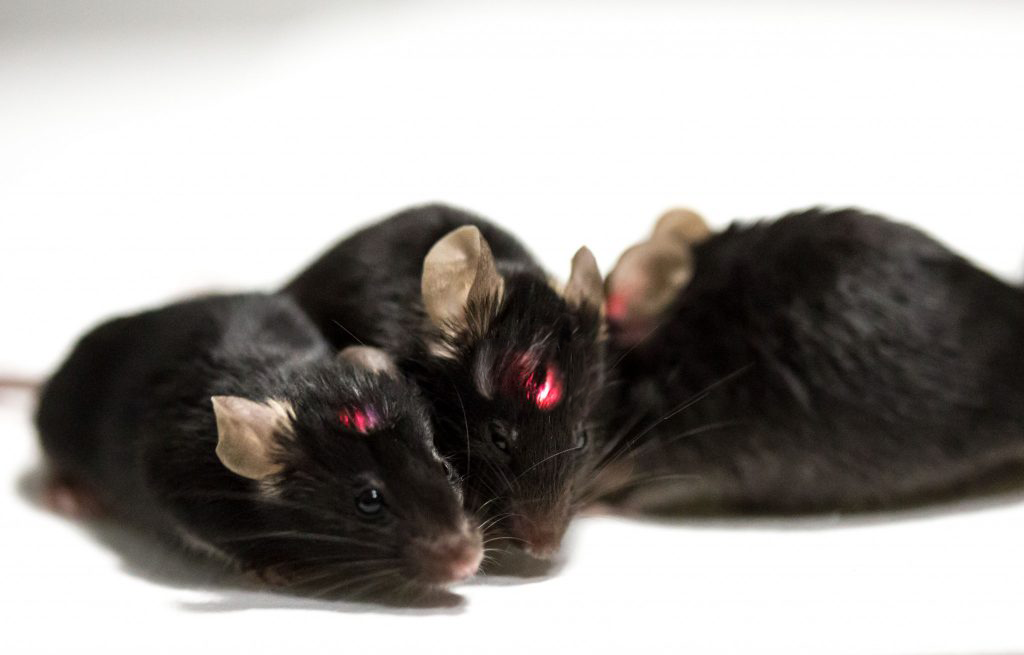
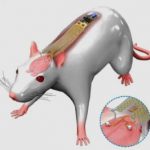
A wireless and battery-less implant for multimodal closed-loop neuromodulation in small animals
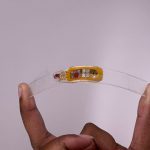
An implantable device for wireless monitoring of diverse physio-behavioral characteristics in freely behaving small animals and interacting groups

Remote optogenetic control of the enteric nervous system and brain-gut axis in freely-behaving mice enabled by a wireless, battery-free optoelectronic device

